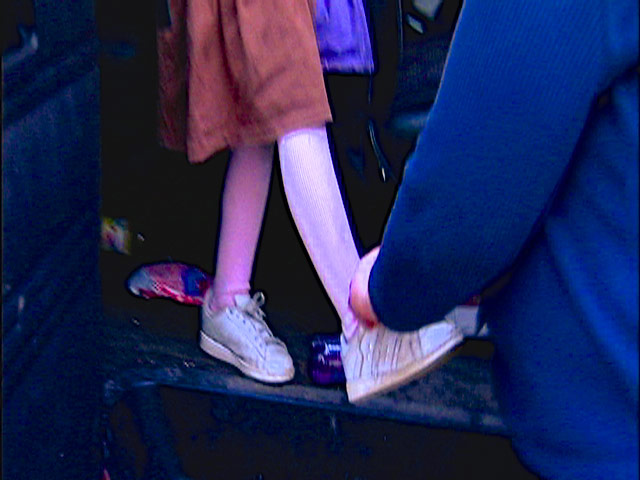
Food Banks, Food Insecurity and Type 2 Diabetes
Being poor in America today is no walk in the park. Food insecurity, the ability of a person (or family) to access the requisite amount of food (not junk food) on a daily basis, continues to be a crisis for many Americans.
According to today’s NYT article: Food Banks Take On a Contributor to Diabetes: Themselves:
“In 2014, 17.4 million households were “food insecure,” or lacking enough to feed the whole family, according to the Department of Agriculture. Many of them rely on food banks at least part time to feed their families.”
Cooking Up a Story published an interview in February of 2011 with then CEO of Oregon Food Bank, Rachel Bristol about conditions on the ground with Oregon families. Bristol painted a grim picture. Over 1 million people were receiving emergency food boxes, a diet intended only for short-term consumption. Instead, because of the massive need still exacerbated by the 2009 recession, recipients were forced to live on these emergency rations for a year or longer. In a follow-up phone interview a year later, despite improvements in the general economy, the numbers of people receiving emergency food boxes were still very high. The link to the first video interview also contains information about that conversation with Ms. Bristol.
Cooking Up a Story Videos
Here’s a link to both videos that resulted from that interview:
- Oregon Food Bank: Hunger & Food Insecurity In Epic Proportions
- Oregon Food Bank: Hunger & Food Insecurity In Epic Proportions-2
The recent NYT article above confirms the intransigence of food insecurity in our country. It also unfortunately highlights the same mismatch between those in need receiving nutritious food versus what they often receive instead: emergency rations intended for immediate survival.
We also did a story on a family that was going through a period of food insecurity which elicited some strong reactions from our YouTube audience. Some felt that this family must be freeloaders because they owned a “computer” and had internet access, how could they truly be so poor? All I can say to those who feel this way, spend a week living in their shoes and see how much fun it is to be dependent on food pantries to feed your family. A computer and access to the internet, in today’s world, are the equivalent of having a telephone in the 2oth century. Those are not luxury items.
Watch the video, it’s a good story about how one family copes with their own food insecurity. If you are like us, you may see a little of yourself in their story:
